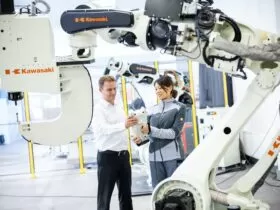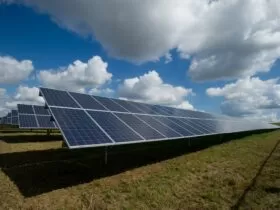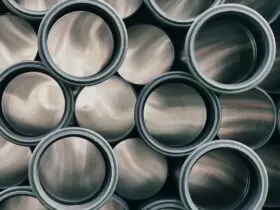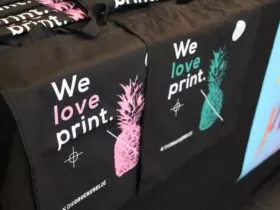What should be asked before bidding from manufacturers to buy a Packaging Machine? This post contains 5 questions that we hope will help you. It may be helpful to take some time to read these questions before starting a project.
Packaging machine manufacturers need to know the very specific details of your project in order to give you the most accurate machine recommendations and pricing. Packaging machines are generally not ‘ready’; each machine is designed to the customer’s unique specifications What this means for you: Be prepared for a lot of questions to be asked when requesting a PACKAGING MACHINE OFFER. Here is a list of 5 common questions and answers that you can expect to be asked:
5 Things you should Consider Before Buying A Packaging Machine
1. Are you using pre-made packs or Rollstock film?
A flexible packaging machine can create your packages from a large roll of plastic film (called roll stock) or fill and seal pre-made packages. Both of these packaging materials can be purchased through a company that specializes in creating films, ie. film suppliers, or the ones that can convert packaging films and bags. The two formats are although different. Here is how:
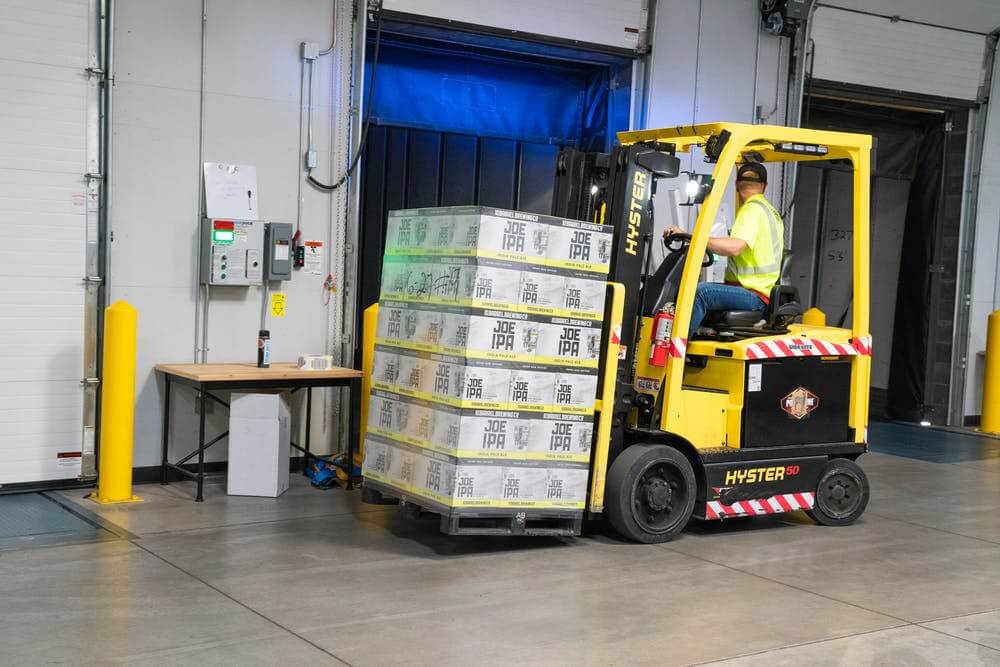
Rollstock film is a large roll of flat plastic packaging film wrapped around a hollow core. This large roll of film is transformed by a packaging machine into the bag style of your choice. Generally, roll stock film is the most economical choice and can be processed at higher speeds. Prepackaged bags arrive at your facility already formed into a bag shape by a film supplier. A packaging machine then fills and perfectly seals these bags. Generally, the cost per bag is higher for facilities but provides a more premium look.
2. What are the Packaging Types?
Many different packaging types can be produced on flexible packaging machines. Below are some of the most popular packaging types:
PILLOW SHAPE consists of two back panels glued together at the top and bottom and is the most widely used and economical form of packaging with a vertical seal at the back. Think of the small sachets or small coffee pods found in hotel rooms.
DOYPACKS are standing pouches with an oval-shaped base. This premium type of bag is becoming more and more popular for specialty food items.
SEAL PACK OF FOUR has a rectangular base and can remain unsupported. It consists of two panels that are combined with two side gussets and four vertical seals, that provide for a more structured bag and a modular look. Quad seal bags are usually found in the premium part of the coffee aisle.
FLAT BOTTOM PACK similar to quad seal bags with two gussets, but with only one vertical seal. Coffee bags are usually in this style.
PILLOW PACK similar to pillow bags, but with side gussets that offer more interior space.
THREE SIDE SEAL PACKAGES are flat bags with three sides closed.
The bags are small, flat 4-sided sealed packages. Consider the small serving of sugar and ketchup packages.
SOPA PACKAGES are very narrow pillow bags used for single drink mixes.
3. Do you have any packing speed requirements?
The packaging machine speeds indicate that the bag can be completed by the equipment within a specified time. Rates are generally given in bags per minute (bpm). This number indicates how many finished bags the machine can complete per minute.
Achievable packaging machine speeds for your project will largely depend on your product and its features, your facility environment, your bag type, the skill of the equipment operators, and how much you want to spend.
If you have a target number of bags per hour, day, week, or year, run the math to calculate the equivalent bag per minute. In general, if your production requirements are intermittent or just a handful per minute, you will probably be served better with a semi-automatic or manual packaging process. A fully automated solution can be overwhelming in terms of both speed and cost.
ALSO READ- Paperless Manufacturing Software and its 5 great benefits to businesses
4. What are the package features?
Knowing the exact specifications of the packages is vital to specify the appropriate equipment and to provide you with an accurate packaging machine quote. Each packaging machine has predefined parameters and there will be package sizes and types that inform the packaging machine manufacturer’s recommendations. Information your OEM will request:
- Package dimensions. Width and length are sufficient for flat bags. Width, length, and depth are required for gusseted or footed bags.
- Package weights or volumes. How heavy is your filled pack for solids and powder products? What is the volume of filled packaging for liquids?
- Legal obligations. Does your country, state, or local government require you to comply with certain package specifications? For example, in the PHARMACEUTICAL and LEGAL CANNABIS industries, childproof caps are often required.
Most global packaging machine manufacturers represent their parameters in metric units (usually mm or mL), but imperial units in inches, ounces, and pounds are also available on the market.
5. What are the product features?
The automatic packaging machine should also be adapted to the specifications of your product. Apart from a general description of your product, you can expect the following questions about its physical characteristics:
Solids: What are the average particle size (s) and weight? Whether the product is fresh or frozen, dry, or sticky?
Liquids: What is its viscosity? (MORE OF LIQUIDS AND VISCOSITY HERE)
Powders: What is the bulk density? Does the product flow freely? (HERE MORE TO POWDER AND BULK DENSITY)
Filling temperature: Will your product be hot, frozen, or room temperature when filled in bags? (Expressed in degrees C or F)
By taking into consideration all these factors you can make an informed decision about what kind of packaging machine you need if you need one.





















